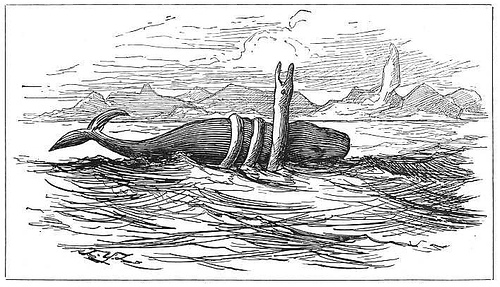Dennis Hendrick, a stone mason, sometime ago, for a wager of ten guineas, walked from the Exchange in Liverpool, along Deal-street to the corner of Byrom-street; being a distance of three quarters of a mile, blindfolded, and rolling a coach wheel. On starting, there were two plasters of Burgundy pitch put on his eyes, and a handkerchief tied over them to prevent all possibility of his seeing. He started precisely at half past seven in the morning, and completed his undertaking at twenty minutes past eight, being in fifty minutes.
— Curiosities for the Ingenious, 1825




